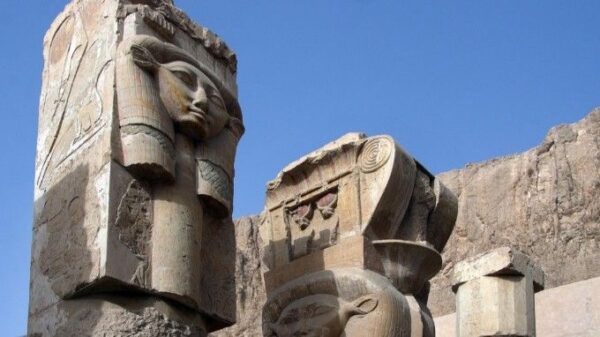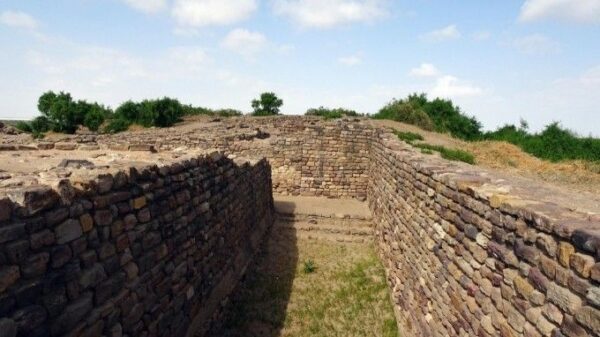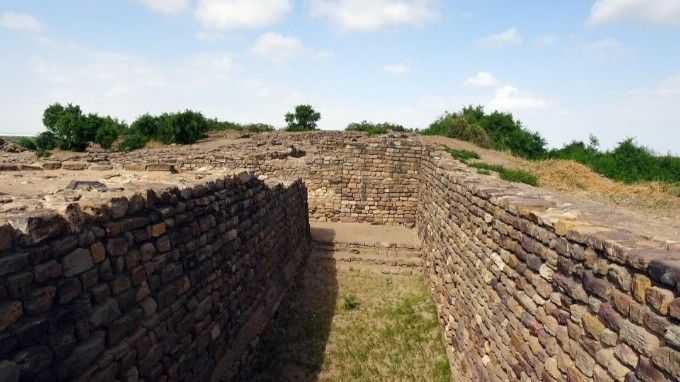Ancient Indus Valley influences on modern Indian crafts 2025 are many. The Indus Valley Civilization started in 3300 BCE in northwest Pakistan. It is one of the earliest cultures that used technological innovations to create extremely aesthetic things like the statue of the dancing girl or the great bath. It was so technologically advanced that even some of its glyphs are still not understood yet. Although many of its articles are buried away, its legacy still continues. The living forms of Harappa, Mohen Jo Daro and Lothal can still be traced in many artisanal crafts of 2025. The Indus Valley Civilization even shaped a very dedicated attitude towards how to be a good craftsman.
Indus Valley Craft Traditions

There is specialisation in the workshops and production of urban crafts. There were many regions in Harappa where they had specific workshops where they taught about art to their students. These students learned craftsmanship from tools like metal, seal, terracotta, beads etc. Some students even used semi precious tools for making jewellery. They did very good wheel throwing when they were making pottery. They used the lost wax technique for casting bronze.
They made drawings with the help of lines which helped them in creating geometric figures. It is a legacy that was carried on by the warli people.
Changes that have occurred in 2025

Many contemporary crafts show a reflection of the plant and animals motifs that were the hallmarks of Indus Valley. These were primarily started in Gujarat and Rajasthan. For example, the ajrakh, the dabu patterns very frequently showcase a repeated pattern in geometric designs. Filigree work that is much loved in Kolkata has taken inspiration from the Indus Valley Civilization. The skill of working with precious stones has also continued in the ancient indus valley influences on modern Indian crafts 2025. People make jewellery with copper, silver and very precious metals like gold. Craftsmans showcase the symbolic elements of Harappa like elephant engraving and lotus motifs.
The ancient pottery of Indus Valley had black paint on them. They have traditional red slips. There have been many changes in the firing technologies. Still, artisans still perform the same wheel throwing techniques that was first done in the Indus Valley Civilization. Even the decorative painting that is done is inspired by the Indus Valley Civilization. It is influenced by old persian forms. Even the cultivation of cotton in the Indus has still continued.
Symbolic References in 2025
The Indus seals had administrative and symbolic uses such as the unicorn bull had stylised forms and animal motifs. The Goddess of fertility and other forms still function in folk art. The quality is always standardized. Craft is not only utilitarian but carries spiritual, symbolic and communal meaning. Indus valley crafts are very relevant in 2025.
In 2025, many people are trying fusion art which is a mixture of persian style and folk style. Traditional bead work may be integrated with modern metal alloys. Modern craftspeople often have to cater to global audiences.
In conclusion, ancient Indus Valley influences on modern Indian crafts 2025 are extremely prevalent as is proved in the article. You can find them in abundance in jewellery, pottery and textiles. Sometimes you can even find direct representations of the dancing girl and the bearded old man. Sometimes you may find indirect depictions. In 2025, we must take an oath to preserve what has survived so that we can revive whatever has been lost. This kind of continuity in art is a matter of pride for India. It showcases the valuable resources present in India.
Author
Shreeja Mukherjee


